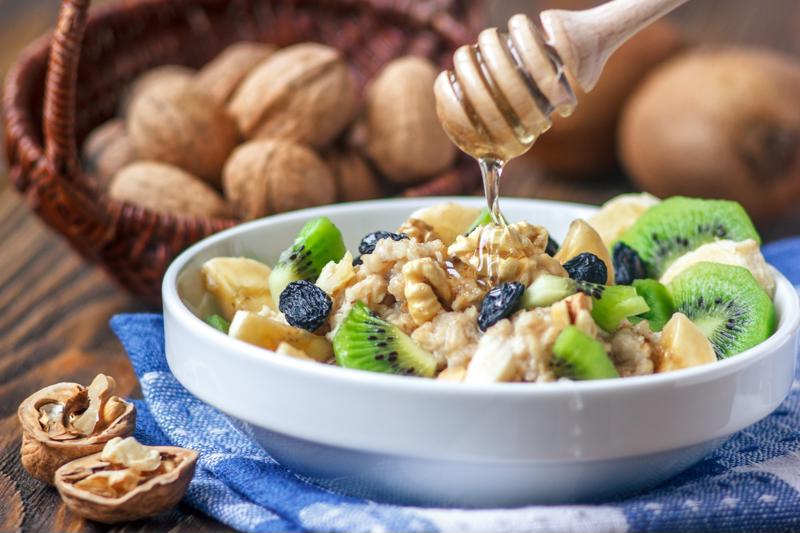Technically, all food is functional food. Its function is to give your body the nutrients it needs to stay healthy and alert. However, some foods do a much better job of achieving that goal than others. The foods that do the best job at nourishing your body – that is, they have health benefits beyond just basic nutrition – are known as functional foods.
As of this writing, the US Food and Drug Administration does not provide an official definition for "functional foods." Nevertheless, the concept has taken off. More consumers are becoming health-conscious eaters, and this has led to a focus on foods that achieve specific nutritional and health objectives. Gut-friendly foods that benefit digestive health are examples of functional foods.
Consequently, many restaurants are starting to think beyond flavor and form, and are considering the function of the dishes they serve and the ingredients they use in those dishes. Online culinary students who want to stay current with cooking trends should pay special attention to functional foods as they hone their craft in the kitchen.
Functional foods are made from functional ingredients
Americans want functional foods. According to a survey by Kerry, the majority of respondents said that they want to be more proactive about their health. Specifically, they're interested in diets that address issues associated with weight, mood, energy and sleep.
If you want to create dishes and other menu items that serve any one of those specific functions, it's important to understand the nutrients that serve that function, the types of ingredients that contain those nutrients and how to prepare those ingredients to retain nutritional value.
For example, omega 3 and DHA (Docosahexaenoic acid) – which are commonly found in seafood, seaweed, flax seed, walnuts and more – can help promote heart and brain health. Raw honey, meanwhile, contains phytonutrients that have antioxidant and antifungal properties, according to Healthline, which makes the ingredient a popular choice among people actively trying to boost their immune systems. Avocados, fatty fish, broccoli, berries, green tea, turmeric, dark chocolate and tomatoes are just a few of many ingredients that have anti-inflammatory benefits.
 You can offer a breakfast side of oats, walnuts and kiwi to offer multiple functional ingredients in one dish.
You can offer a breakfast side of oats, walnuts and kiwi to offer multiple functional ingredients in one dish.Oats, meanwhile, contain beta-glucan, a soluble fiber that can reduce LDL, cholesterol, blood sugar and insulin response, and increase the growth of good bacteria in your gut, according to Healthline. It can also increase feelings of fullness, which may help with weight loss.
How to market functional foods on your menu
If you're using fresh, high-quality ingredients, many of your dishes may already qualify as functional foods. The tricky part is deciding how much attention you want to call to the nutritional value associated with each dish.
There may be a benefit to incorporating footnotes that highlight some of the functional ingredients or nutritional benefits of certain dishes on your menu. In particular, FSR Magazine recommends calling out dishes that contain omega-3 – if for no other reason then to educate diners about foods that contain this powerful fatty acid. In a perfect world, your diners could put the pieces together, but pointing out these nutrients in your dishes can help patrons factor the function of your food into their selection process.
If you'd rather not occupy menu real estate, you can train servers on the functional aspects of your food, or encourage them to share that information when they provide recommendations.
Other businesses have gone all-in on being a "functional restaurant." Protein Bar & Kitchen in Chicago, for instance, focuses on protein as a macronutrient. It serves everything from paleo to vegan dishes, all centered around protein-rich ingredients.
How you choose to brand function in your food is ultimately up to you, but it's worth keeping in mind as people become more proactive about their health.
The bottom line is that the functionality of food is more important than ever. That's why, in addition to flavor, form, technique, and the business of cooking, our online culinary arts program also explores the function of food, and how that contributes to cuisine.

